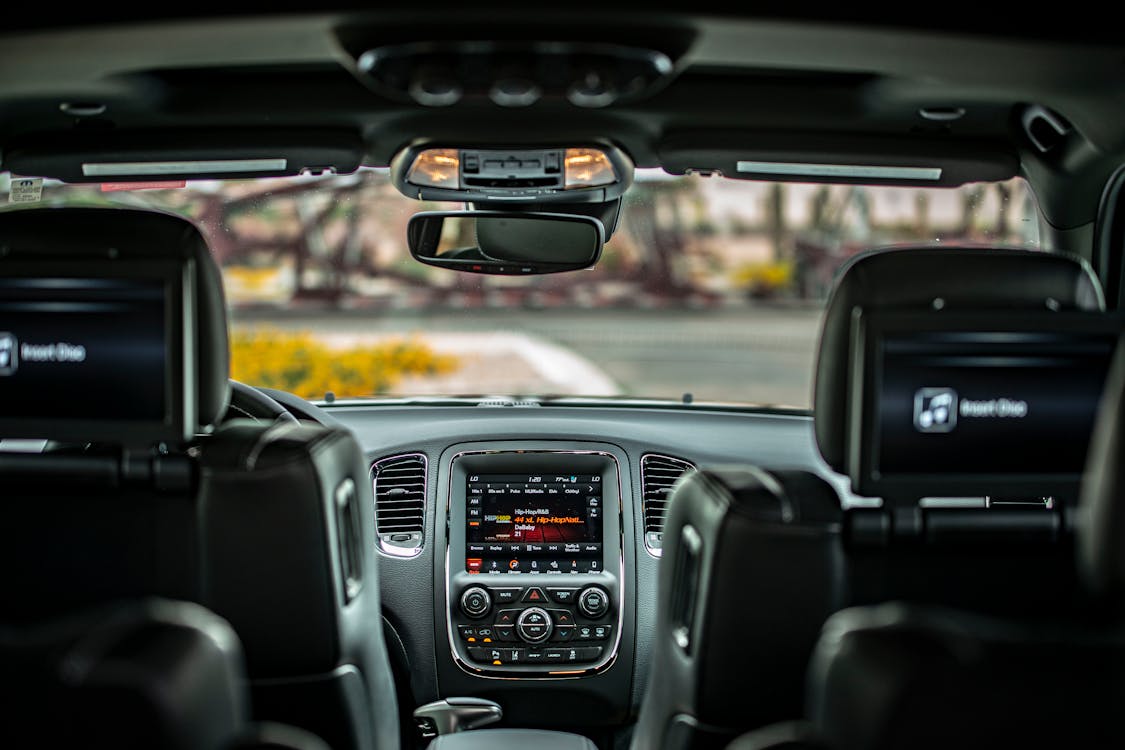Improving life behind the wheel: Five innovative pieces of in-car technology
With today’s car manufacturers under fierce competition to produce the latest in cutting-edge vehicle technology, automotive tech has made rapid progress over the past decade. With new features designed to keep us safer on the roads, combat carbon emissions, and enhance driver comfort, we can expect the driving experience to keep improving over the next few years.
But what are the latest innovative pieces of in-car technology to hit the market, and what can we expect to see in the next ten years? Whether you’re driving a brand new Lamborghini, or a run-of-the-mill city car, you’ll want to read on to find out how life behind the wheel is improving…
ISA Technology
Prepare to receive visual and audio warnings if you go above the speed limit in a vehicle that’s installed with intelligent speed assist (ISA) technology. By using GPS, the system is able to detect the vehicle location and reference this with a digital road map that is programmed with speed limit information for each road. The system can be used as an active speed limiter whereby it can take control of the vehicle and reduce the speed when travelling above the speed limit. It does this by reducing the throttle signal. Additionally, the system is also fitted with a speed limiting function that increases the pressure on the accelerator when you exceed the speed limit, so that it is harder to accelerate and break the speed limit.

Blind Spot information
Attempt to go from one lane to another in a car fitted with the blind spot information system (BLIS) and you’ll receive a warning if another vehicle has driven into your blind spot. The detection area is on both sides of your vehicle, extending rearward from the exterior mirrors to approximately 10 feet (3 meters) beyond the bumper. The system alerts you via a small light on your side wing mirrors – when there is a vehicle in your blind spot zone, the light will illuminate. When your blind spot zone is clear, the light will switch off.
Predicting the weather
New vehicles by Jaguar Land Rover are set to feature advanced weather adaption systems by 2020. The system allows cars to autonomously adapt to weather changes and situations to make adjustments to drivetrain, suspension, traction control and climate control for optimum efficient driving.
Take a Land Rover or a Range Rover across different types of terrain and you’ll want to pay particular attention to this piece of in-car technology. The technology is said to be able to connect to present and future weather data via telematics and GPS to sensibly adapt both inside the cabin and around the exterior. One feature suggests that the system will automatically close your vehicle windows if it senses that rain is forecast. Onboard rain- and terrain-sensing mechanisms will be used to control the temperature, pressure and humidity inside the cabin, whilst interior and exterior lighting will be altered depending on the circumstances.

Lane keeping technology
Sometimes deemed lane-keeping systems, there has been quite an increase in the popularity of lane departure warning systems in the motoring industry recently. These systems keep you within your lane when driving on the motorway. When motorway driving, it’s vital that you stay firmly in your lane, unless you are overtaking. This system alerts you with a vibration on the steering wheel if your vehicle is unintentionally edging out of its lane – and in circumstances when the vehicle thinks you are reacting too slow, the vehicle will take control and provide steering torque to divert you back into the safe space on your lane. This is a safety feature to prevent drivers from veering out of their lane on motorways and dual carriageways where drivers around them are driving at high speeds.
Introducing the Eco-pedal
A one-pedal driving system has been designed into the new Nissan LEAF. The electric automobile not only has double the mileage range of its previous model equivalents, but the one-pedal driving system allows for the accelerator pedal to be transformed into a multifunctioning e-pedal at a touch. The e-pedal functions as a start, stop, accelerate and breaking pedal when activated. Suitable for 90% of urban driving, the system means that the car will slow to a halt by itself with the ability to hold itself on an incline without the need of the brake pedal.
There are extra efficiency benefits to be realised with Nissan’s one-pedal driving system when comparing the new LEAF to other vehicles manufactured by the Japanese car maker. Nicknamed the ECO-pedal system, the pedal controls the speed of acceleration to prevent revving up the engine. The level of fuel-efficient driving is displayed through a colour and flashing Eco-P lamp. According to Nissan, studies have proven that effective eco-driving with the ECO-pedal can contribute to an improved fuel efficiency by 5-10%.

